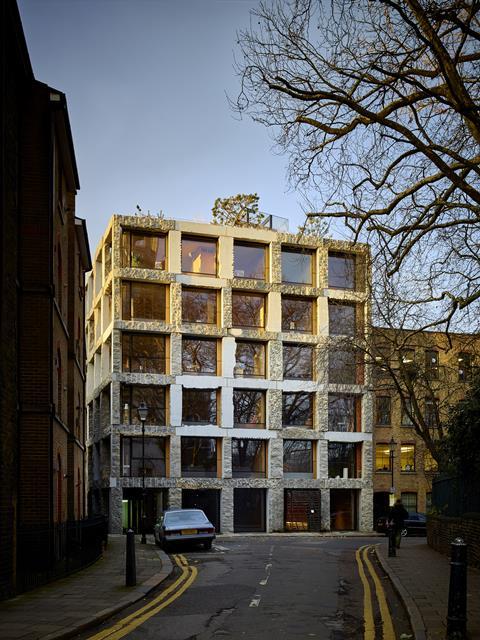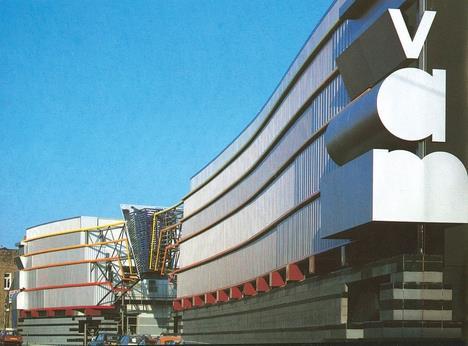Po-mo spawned the era of post-truth but it also ushered in a freedom to explore ideas that we’re still enjoying today, says Ben Flatman

If official recognition by the state tends to indicate that a cultural phenomenon is over, then the listing of 17 “po-mo” buildings this month would appear to draw another line under the long, drawn-out death of architectural post-modernism.
Historic England’s chief executive described the buildings, like rarities from a distant era, as the “scarce survivals of a really influential period of British architecture”. But can post-modernism ever really die?
Its demise has been continuously predicted and re-announced for almost three decades now, but the impact of post-modernism has been far-reaching and enduring. It was arguably the harbinger of today’s “post-truth” age, both anticipating and facilitating the creation of a world in which “democratised” culture is created and consumed at the click of a button. It also gave architecture a much-needed shake-up and arguably permeates almost every area of creative endeavour, certainly for those born from the early 1970s onwards.

That means that it continues to affect today’s architects in ways that are both openly acknowledged but also sometimes unconscious. Amin Taha’s 15 Clerkenwell Close and 168 Upper Street projects demonstrate how one of the UK’s most thoughtful contemporary architects continues to draw on post-modernism to create complex new architecture. But other less obvious examples, such as Caruso St John’s remodelling of Tate Britain and DSDHA’s nearby Abell & Cleland buildings in Westminster would also have been unimaginable before post-modernism challenged tired assumptions about ornament and knowing historical allusions.

Architectural post-modernism was never supposed to be a style, although that is perhaps how it has come to be defined. Certainly most of the 17 buildings listed by Historic England bear the “jokey” hallmarks of po-mo – clunky Lego-block massing combined with primary colours and exaggerated historical references. But there was always a tension between the more theoretical post-modernism and its appliqué off-shoot – “po-mo”.

For Denise Scott-Brown and Robert Venturi post-modernism was a way to rediscover and explore the languages of architecture (including that of modernism), while for many others the crenellations and humorous cartoon porticos became an end in themselves. Its appearance at the TV-am studios and on a cluster of other Terry Farrell-designed 80s office blocks, even led some to see it as the built manifestation of Thatcherism.
If Philip Johnson’s 1984 AT&T building signalled the shocking arrival of post-modernism in the architectural mainstream, then in many ways Venturi Scott-Brown’s Sainsbury Wing seems to have marked the beginning of its end, in the UK at least. In its fundamental reasonableness and melding of classical and modern vocabulary the Sainsbury Wing seemed to shut down the sterile “style wars” of the 1980s and point towards a new pluralism. The generation of architects that has emerged since are far less concerned with structural purity and much more relaxed about mixing influences and ideas. Architects’ “borrowing” from the past and each other has become more accepted and even respectable.

With hindsight it is now clear that post-modernism was actually part of a wider challenging and questioning of existing hierarchies and cultural discourses. It freed architects to explore new ways of thinking and reconnect to older and more diverse traditions. Some might argue that these new ways of seeing and defining architecture were never fully explored, and that post-modernism still has much to offer. While much recent mainstream British architecture owes a debt to post-modernism through its contextual approach, has this new orthodoxy become as unthinking and uncritical as the late modernism of the late 70s and early 80s?
Post-modernism’s greatest legacy is perhaps simply helping to lift the dead weight of accumulated dogmas, and encouraging a new generation to rediscover architecture’s potential for complexity and historical allusion. In this sense post-modernism will never die, as it’s more about the ways in which architects think than any single prescriptive approach. It might be listed, but it’s still not over.
















5 Readers' comments